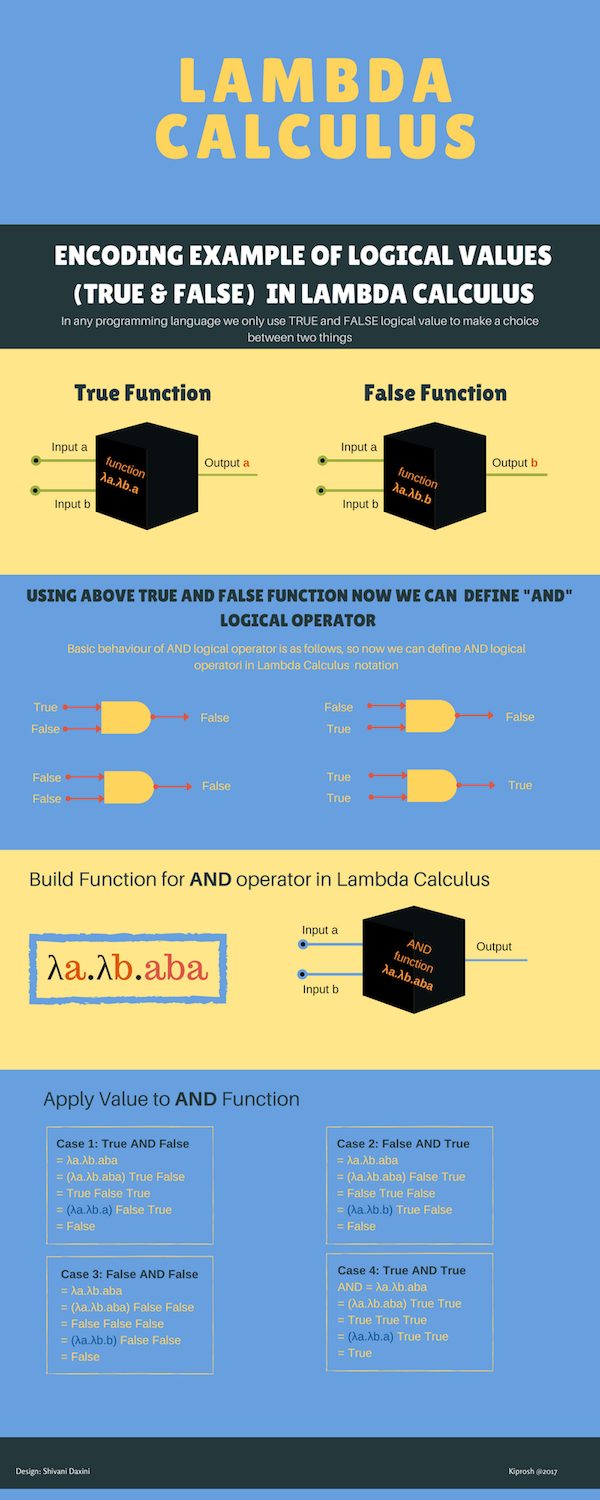
You could also look at my Agda formalization of Girard's Chapter 6, which uses this SN. Operationally, we can make a "recursive call" on any one-step reduct of a strongly normalizing term. The advantage of SN t is that we can do induction on it. The oldest formalized example that I know is in Altenkirch's thesis. This is a common SN definition in formalizations. I believe it originates from Aczel's An Introduction to Inductive Definitions.

This is also called accessibility of t with respect to ~>. Note that if a term is normal then it has no one-step reduct so SN t holds vacuously. In Agda: data SN (t : Tm Γ A) : Set where Inspired by Pierce’s incremental development of type systems 21, we highlight the changes, both in the specication and implementation, that are necessary to shift to the dependently typed lambda calculus. Since abstractions dene functions that take an argument, in the simply-typed lambda calculus, we explicitly state what the type of the argument is. K ( ) S ( ) ( ( )) for all combinations of simple types. 1 Simply-typed lambda calculus The syntax of the simply-typed lambda calculus is similar to that of untyped lambda calculus, with the exception of abstractions. The aim of the paper is to study simple and compound propositions in English and Punjabi, and also discuss the suitability and applicability of typed lambda calculus. For each untyped combinator, one needs a whole family of typed combinators. We can use the following definition instead: a term is strongly normalizing if every one-step reduct of it is strongly normalizing (inductively). point, we move on to a minimal dependently typed lambda calculus (Section 3). The expressive completeness of the typed combinators compared to the simply typed lambda calculus has been demonstrated. It's defined as the non-existence of infinite reduction sequences. I am only posting here because this same question inspired me to start the development.As Dan Doel says in the comments, the reason Kőnig's lemma is used is that Girard's definition of strong normalization is constructively too weak. We will study polymorphism later in the course.

For practical programming, we need polymorphic functions as well. It represents the fact that this calculus does not have polymorphism. However, the prefix simply has more significance. Please note that I am the main developer of this interpreter. The term simply typed lambda calculus duplicates Alonzo Church’s terminology of simple types. I have used it before to teach lambda calculus to CS students.
#Typed lambda calculus software
The interpreter is free software and you can integrate them on other learning materials (such as Jupyter notebooks or web pages). Haskell for instance approximately implements System-F, but I also wanted to have a simply(as simple as possible)-typed lambda calculus interpreter. In order for there to be any finite types, we need some base types (cf. 103) only has one syntax rule for types, namely T :: T T. Surely, you could also use some functional programming language but at least for me, it was difficult to determine exactly which constructs of the language are lambda calculus and which are extras offered by that particular language. The simply-typed lambda calculus ( for short) adds a type system to the untyped lambda calculus. It implements untyped and simply typed lambda calculus (and also illustrates Curry-Howard).

Some time ago, I was surprised not to find many untyped & simply-typed lambda calculus interpreters among the answers to this question, so I started working for a while in an educational lambda calculus interpreter called Mikrokosmos (can also be used online).


 0 kommentar(er)
0 kommentar(er)
